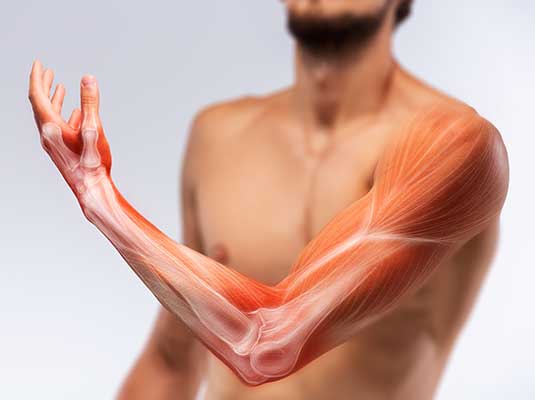What is Lymphedema?
Lymphedema, or lymphatic obstruction, is a condition where excess fluid collects in tissues causing swelling (edema). The lymphatic system is a part of the immune system and vital for immune function. Fluid called lymph circulates within the lymphatic system. Lymphedema is typically caused by a blockage of this system. This post will focus on lymphedema management.
Post-Surgery Swelling
The period following surgery on your upper extremity can be challenging, especially for your fingers. As a Certified Hand Therapist (CHT), I often witness the difficulty patients experience making a fist due to stiffness, caused by swelling. Swelling is normal after your body has been through surgery. When swelling is prolonged it can cause protein buildup, which can then cause your scar to adhere. This can then cause your joints to stiffen. A patient is normally sent for therapy a few weeks after surgery and by this time fluid accumulation usually increases. In the case of a wrist fracture, the inability to open or close fingers can be harder to deal with than the fractured bone! This is because of accumulation of fluid on the hand. As a therapist, our goal is to prevent swelling right from the beginning.
How Can I Prevent Swelling After Surgery?
The goal of this post is to offer you preventative tips that maximize the results of your surgery while protecting the repair. Having multiple surgeries in my arms and legs, I know from personal experience that these methods are very effective for reducing swelling after surgery. Most post-op instructions will suggest icing your limbs but that is not always effective if you have bulky dressings. In most cases, you are instructed not to remove them until you see the doctor next. It’s great to have options!
Prevention Methods
The first method I recommend is having the arm propped up at a 45-degree angle or elevated above the heart. With this technique, you allow gravity to assist you in returning those fluids back through your lymphatic system.
The second method is recommended if your doctor allows you to move your fingers and hand following surgery. If permitted, you can do light hand exercises like opening and closing the hand while your limb is elevated above the heart. Muscle contraction helps with decreasing swelling because it’s a mechanism for pumping the fluid back through the lymphatic system. If your doctor does not approve these movements, elevation will be enough until you are permitted to see your therapist.
The third method I suggest is facilitating your lymphatic flow by light strokes. These are similar to movements you make when you are applying lotion or soap. It is important that the strokes are in one direction, from the hand (distal) to the shoulder or armpit (proximal). You can incorporate this method into your daily tasks, such as applying soap while taking a shower and/or applying lotion afterwards.
Hopefully you will find these methods helpful while recovering from your surgery. They certainly helped me recover faster and get back to normal movements following each of my surgeries. Therapy, of course, was still crucial for my recovery with each surgery. Although I am a therapist, I still needed guidance and manual therapy from my fellow hand therapists.
Let’s Review!
- Elevate your arm above the heart to let gravity decrease the swelling and pain
- Light hand exercises: opening and closing your hand to pump fluid back into the lymphatic system (if you’re allowed to move your fingers and hand following surgery)
- Apply lotion or soap in one direction – from fingers to shoulder or armpit
What Do I Do If I’m In Severe Pain?
If you are having severe pain, from a tight cast or you are having skin reactions due to your cast, please do not endure the pain or discomfort! Call your doctor’s office right away, so they can get you in for a check-up and possibly remake your cast.
In my next blog post, I will review how therapy can help you recover better and faster following surgery. Stay tuned for part two!


